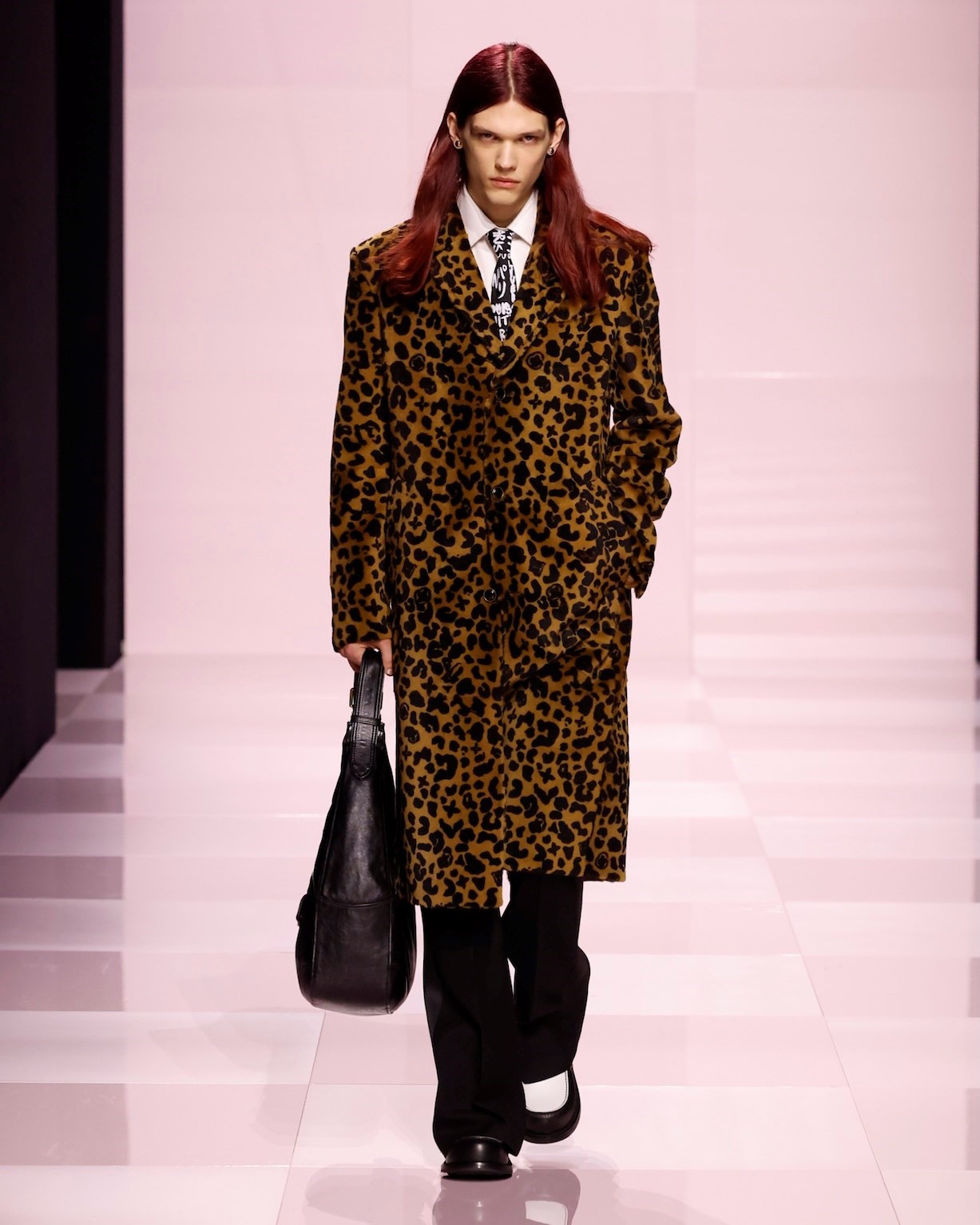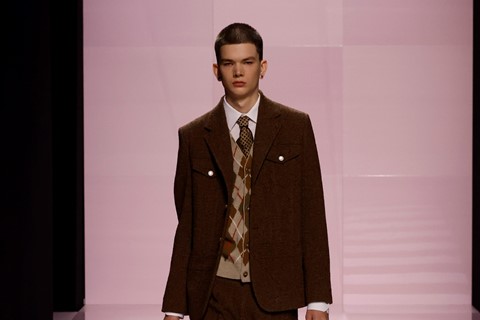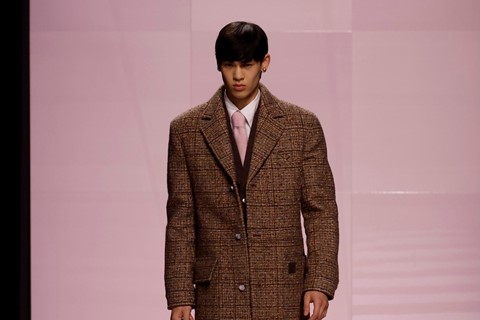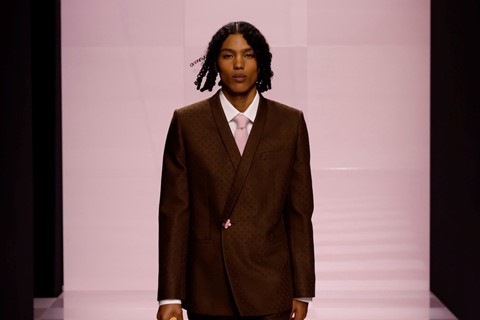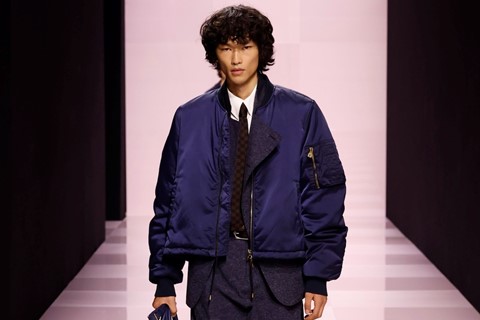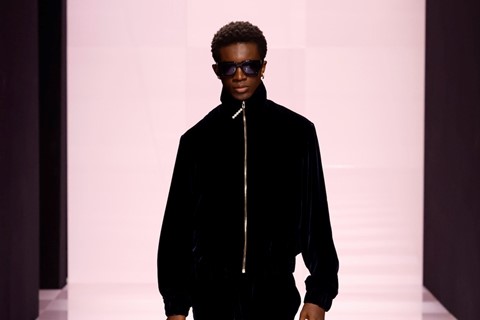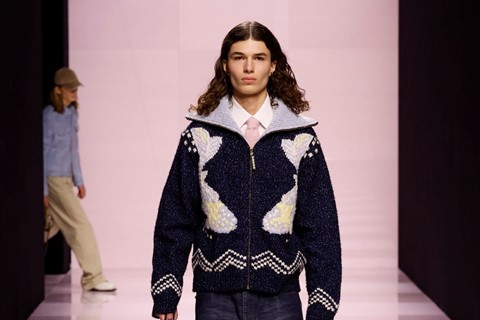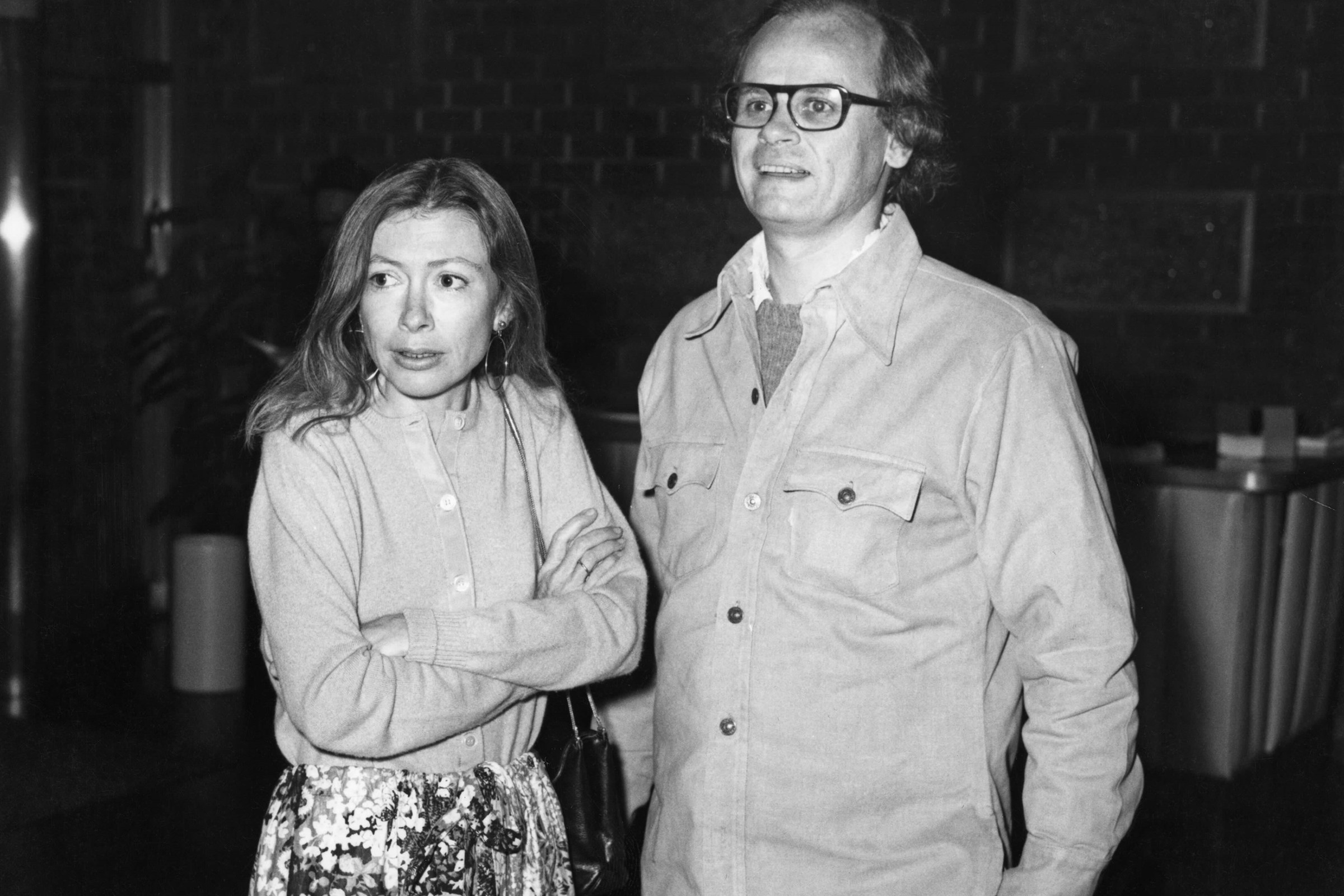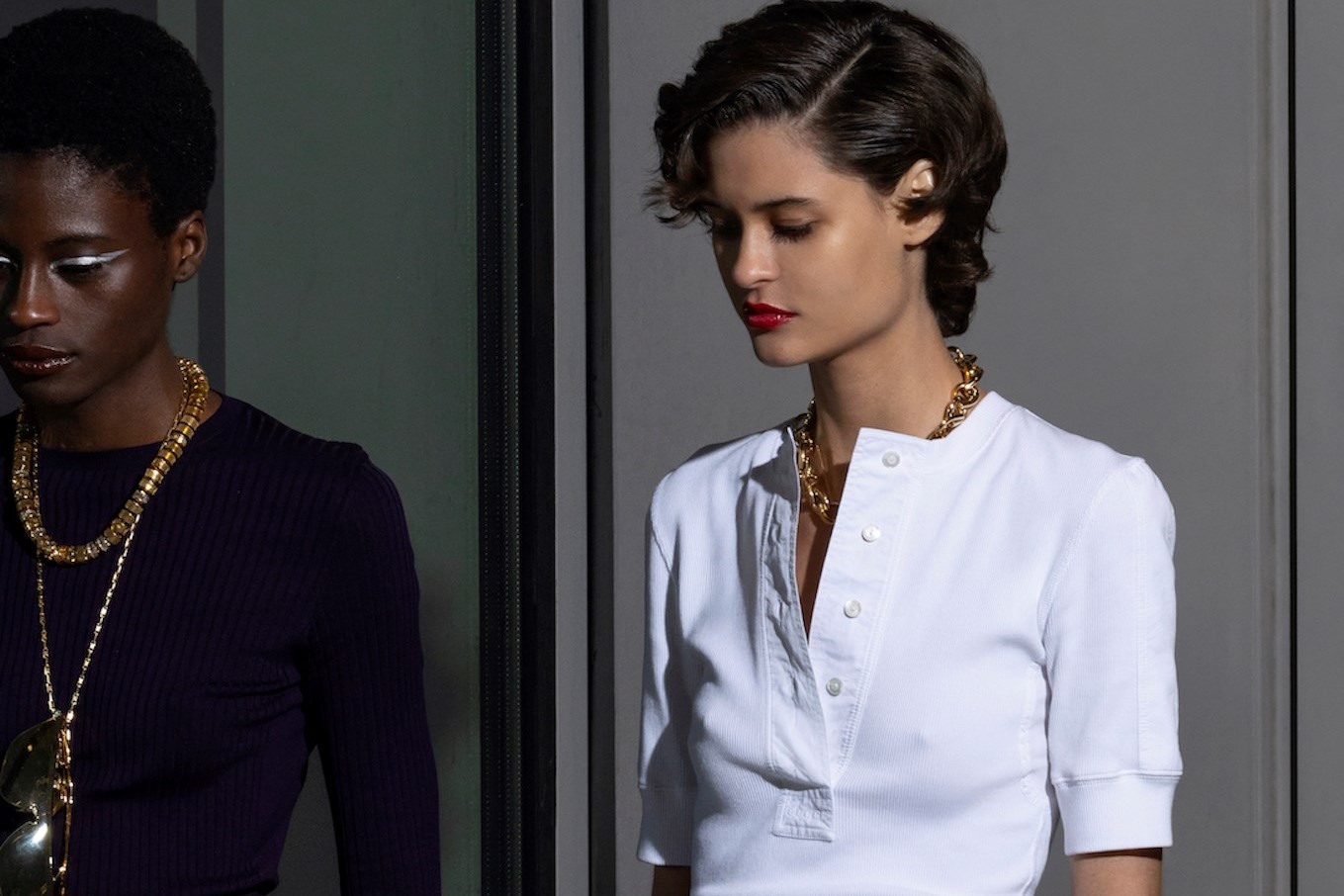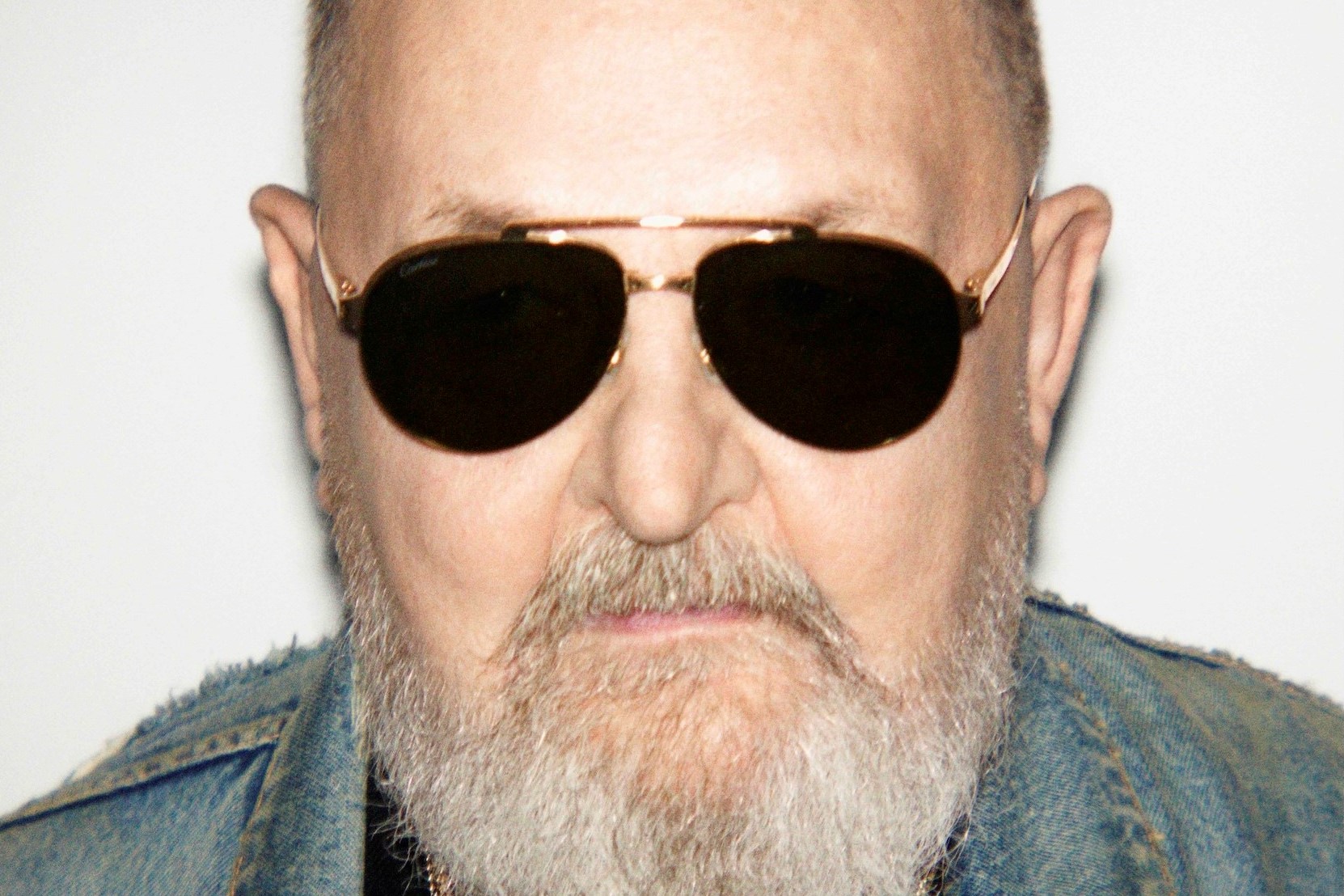Remember the Future was the title of Pharrell’s latest Louis Vuitton menswear show – appropriate, in a season where the spirit of Marcel Proust seems to be ghosting the entire Paris fashion scene with an obsession with the past, with heritage and with remembering roots. But as the name suggests, what Pharrell was grappling with here was not just the depth of Vuitton’s history – it was founded in 1854, there’s plenty of it – but the fact that what he creates now is adding to it. His own work will be part of the archive, forever a mark against the passage of Vuitton’s creative directors, and pickled in mothballs to be excavated for future generations. So that got him thinking.
He seemed to think about what really mattered, both in terms of design perspective for Vuitton, and a broader sense of life. And that means friendship: he invited Nigo, creative director of Kenzo and formerly of BAPE but, more importantly, Pharrell’s own close friend of many years, to collaborate on the show. There were even jackets and bags featuring profiles of both their faces, like fan merchandise (they both have many fans). They called them ‘Phriendship’. And Nigo’s own love of history, of archiving obsessively and saving scraps of history, was centre stage in this show.
I mean that quite literally. In a giant tent in the Cour Carrée of the Louvre, Vuitton erected a bunch of vitrines, resembling the rolling metal wardrobes that populate archives, and filled them with pieces from the respective back-catalogues of Pharrell, Nigo and the house itself. So a big chunky sweater knitted with ‘N.E.R.D.’ may butt up against, say, one of the recently-reissued Takashi Murakami multicoloured Monogram bags, or a case of Stephen Sprouse graffiti handbags sat opposite magazines featuring Pharrell’s face (most of fashion’s creative directors don’t have those in their archives, granted). As both those Vuitton examples illustrate, collaboration is part of the house’s history too, inviting other minds and eyes to come in and give their spin on Vuitton. So this latest collaboration was another twist in an ongoing story.
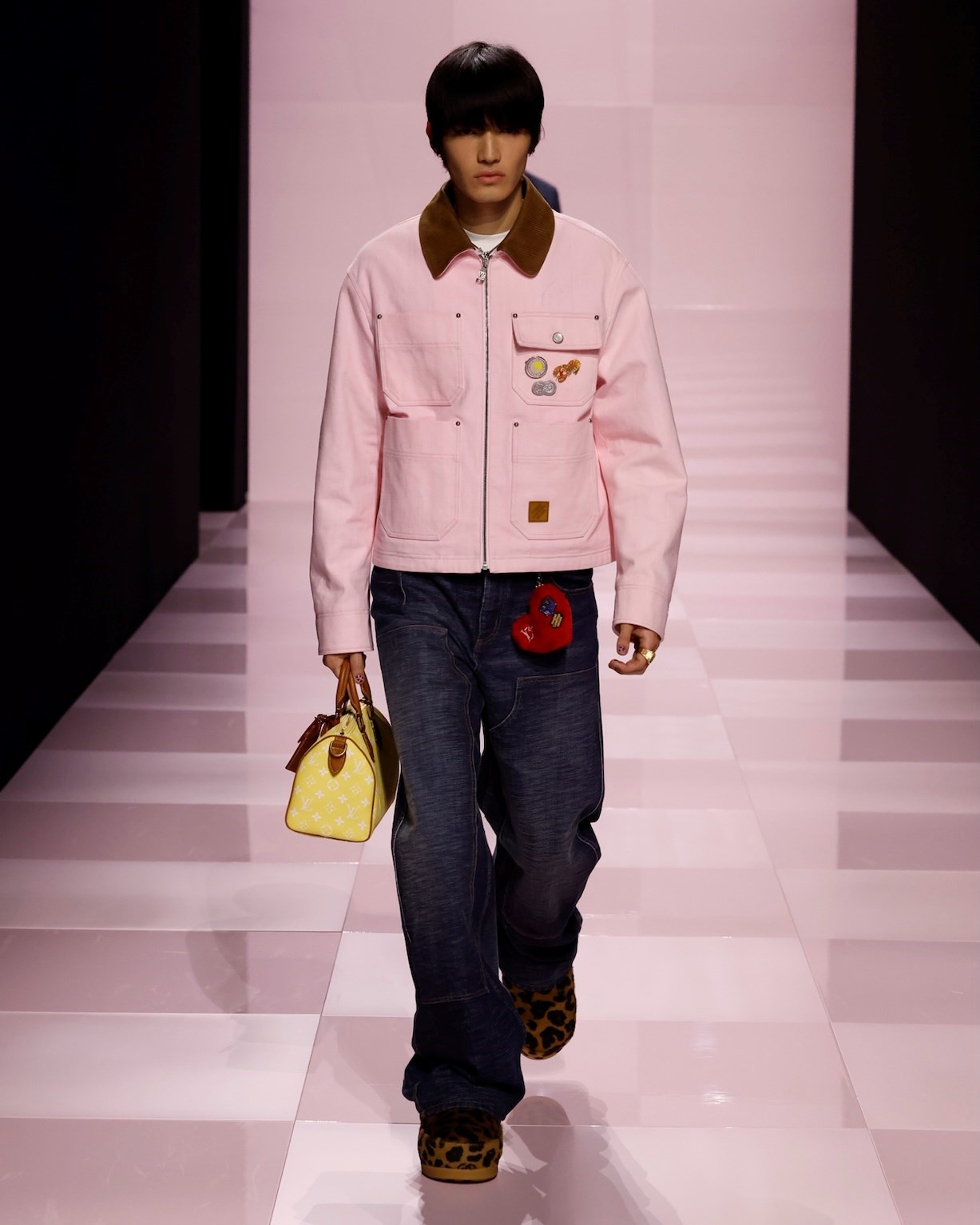
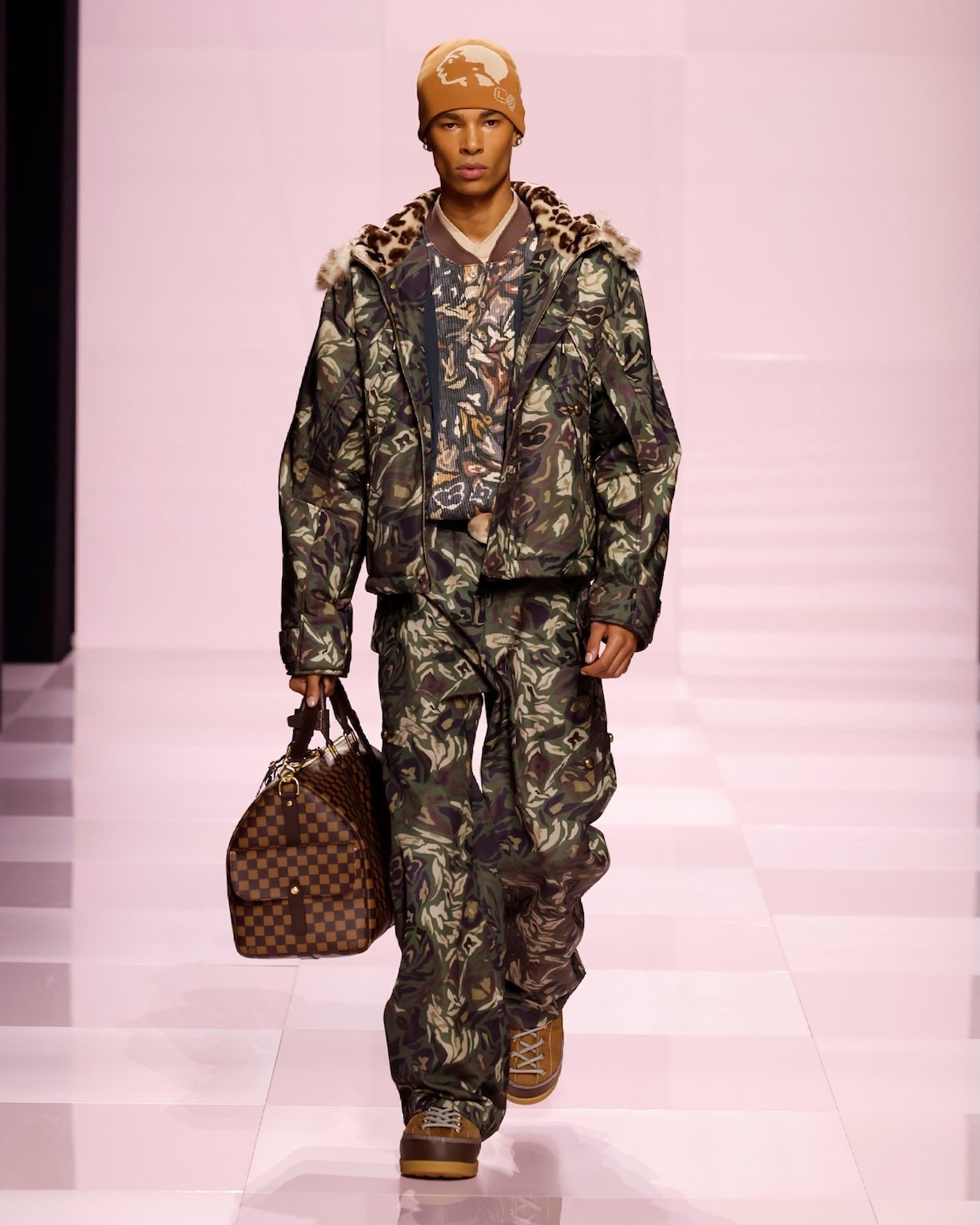
And, of course, we live in an era of archiving, of collecting. Which has its good points and bad. Some see it as hoarding, stockpiling pieces beyond either use or need, merely for the joy of having and holding, never to function. A symbol, essentially, of late-stage capitalism – it’s especially prevalent in Japan, where obsessive lovers of fashion have been famously documented by the photographer Kyoichi Tsuzuki, in their apartments piled high with branded goods. Others see a collection as caretaking, the idea of safeguarding precious things and ensuring they survive – while also enjoying the artistry of the pieces themselves. That’s the thinking, for instance, behind ‘passion collecting’, which auction houses term things like wine collectors, many art buyers, and even fashion collectors.
Of course, there’s a third reason for collecting – as a repository of ideas. That’s why major fashion houses have painstakingly built up archives over the past decade or so, organising, filing, quietly acquiring. Pieces can be loaned out, to communicate stories, and examined internally, to inspire the new. Archive pieces are an investment, sure – the house of Chanel recently paid €312,000 for a 1996 couture coat embroidered by Lesage to resemble a coromandel screen. But they are also priceless inspirational fodder.
You could also trace how Vuitton’s past was informing its present – not just in emblematic house monograms and motifs, but things like sakura cherry-blossoms popping up as buttons of colouring knitwear a lurid pastel pink – themselves present in the Murakami collab. The Sprouse graffiti was echoed with new scribbled graphics. And Nigo and Pharrell’s personal streetwear archives also inspired – variations on an entire vernacular of dress, bombers, parkas, varsity jackets. Archiving isn’t just about couture – and maybe streetwear will be the future past, or indeed will be the way the whole world will dress in future, with formality eroded away? We can’t tell now – but here, Pharrell simultaneously looked backwards and forwards.
In a sense, this collection was about bringing the past alive – but it was also about egalitarianism, by an American designer in the heart of Paris. Couture may have just been installed in the hallowed halls of the Louvre galleries, but appropriately enough that, out in its courtyard, streetwear was given its dues too.
